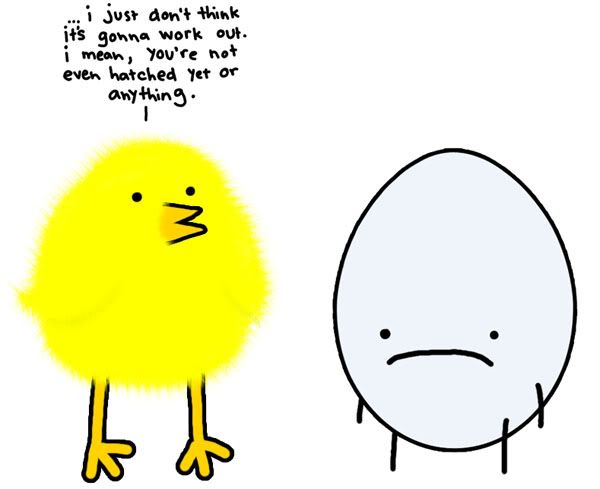
Now that you completed a preliminary analysis of your primary text, do some research on the historical and cultural context from which the comic derives. Your research will have a two-fold purpose: 1) it may provide you with new ways of envisioning and interpreting particular aesthetic and technical considerations, and 2) it will provide you with material in which you may situate your introduction, conclusion, or possibly both. After you’ve completed your research, return to the comic and re-examine it. How have your insights altered your perceptions? You may also want to consider how the medium allows to creator of the comic to write about or express certain views that other mediums might not effectively handle, or presents them in a certain manner that allows for a different understanding of the material. Furthermore, read Compose Design Advocate and the McCloud essay closely; they will provide you with both terminology and concepts that will be essential to your thorough understanding of how comics function within a rhetorical framework. Posts should be 500 words, contain 1 multi-medie element that is not your full comic, and 2 relevant hyperlinks. DUE: Monday, March 22nd @ 12:00PM.

